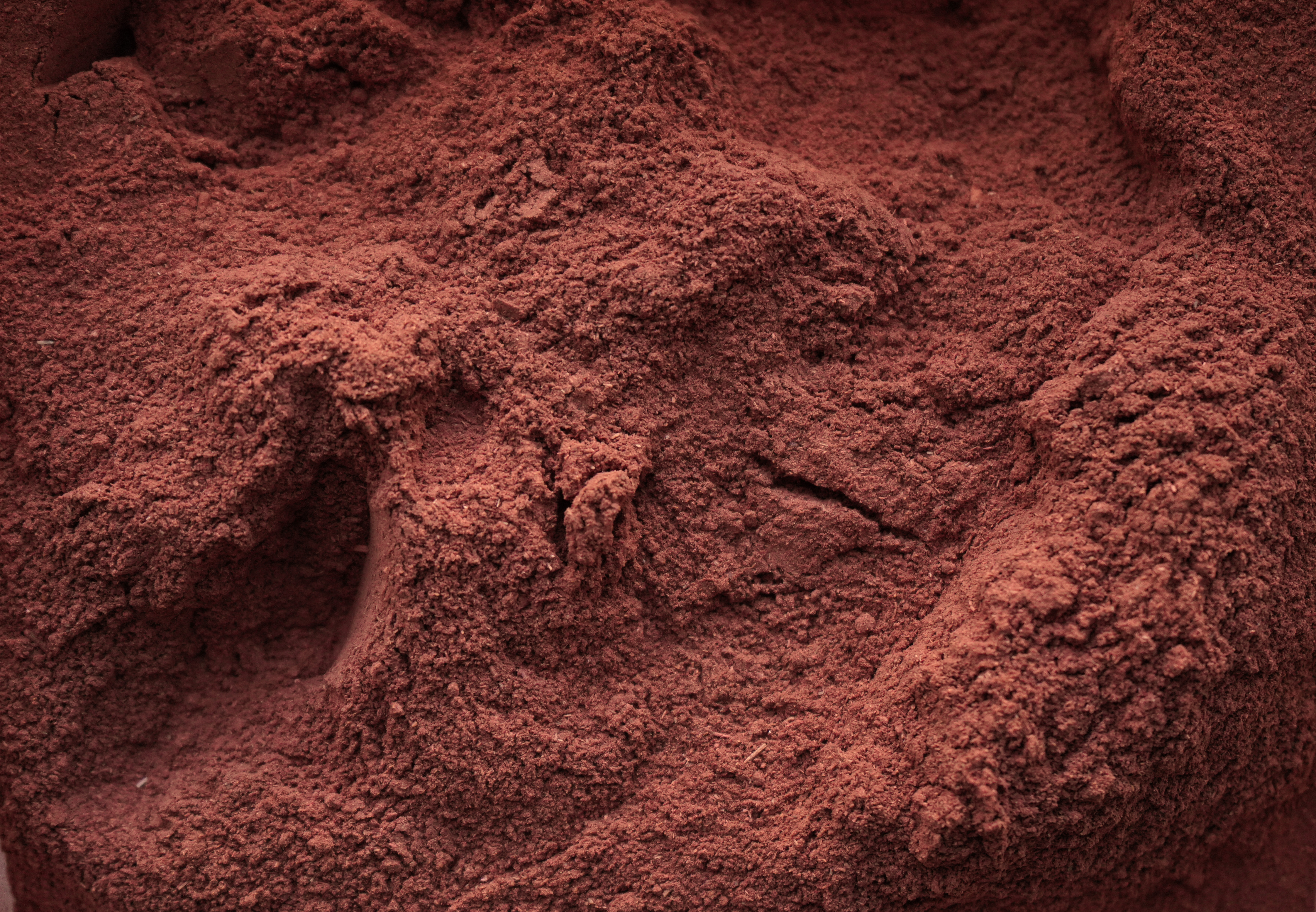

Indian madder
lat.: Rubia cordifolia
€5.50
Out of stock
Indian madder (Latin: Rubia cordifolia) has served as a natural dye for over 2000 years, known for its excellent dyeing properties. The roots of this plant contain a variety of colorants, predominantly red. Beyond the various tones of red, pink, violet, and orange achievable with different mordants, additional shades can be obtained through overdyeing with different plant dyes. Overdyeing with yellow dyes, such as weld or marigold, can produce bright oranges and peaches. Similarly, overdyeing with woad or indigo can yield various purples and violets.
This wonderful dye not only offers a broad palette but also reflects the ancient and enduring tradition of using natural resources for vibrant colors in textiles.
Name: Indian madder
Latin name: Rubia cordifolia
Other names: manjistha, majith
Type: mordant dye
Part of the plant used: roots
Main colorants: various red anthraquinones
Main colors: red
Other colors: various shades in a red spectrum such as crimson, purple, burgundy, lavender, pink, orange, peach, terracotta, cayenne, and others.
Dyeing with indian madder:
Use 50-100% WOF for medium to deeper red. Use less for lighter shades such as pink.
Add madder powder to the dye bath and stir well.
To bring out brightest red colorants from indian madder you may adjust water pH to 5 by adding acid such as citric acid or vinegar.
Raise temperature to 50-60°C and heat for 1-2 hours. Let it cool. Longer heating produces deeper, darker colors. Temperatures higher than 60°C may shift red color to brown.
Strain through a fine cloth to keep small particles out of the dye bath.
If you adjusted pH to 5 while preparing indian madder solution then check pH again and adjust to neutral (7) by adding alkalines such as baking soda or soda ash.
Fibers should be soaked in water for at least 30 minutes before adding to the dye solution. For deepest colors use pre-mordanted fibers.
Add wet fibers to the dye solution and simmer for 40-60 minutes depending on the shade you want. Leave to cool and soak for a day or two for the deepest colors.
Madder can be sensitive to water and its properties. If your water is soft you may add a bit of chalk to produce brilliant reds. Add chalk to the madder solution before adding fibers.
Madder reacts beautifully with different pH, so for a wider color palette experiment with additional citric acid, cream of tartar, soda ash, or chalk. Acid can bring out more orange tones while alkaline shifts towards deeper reds, purples, and violets.
To widen your palette even more experiment with additional mordants such as iron sulfate. You can place madder-dyed fibers into ~ 2% WOF iron sulfate solution and observe how color shifts towards purple.
After getting red tones you may use the solution several times for lighter shades such as indian red, pink, peach, and lavender.